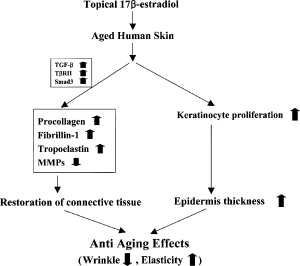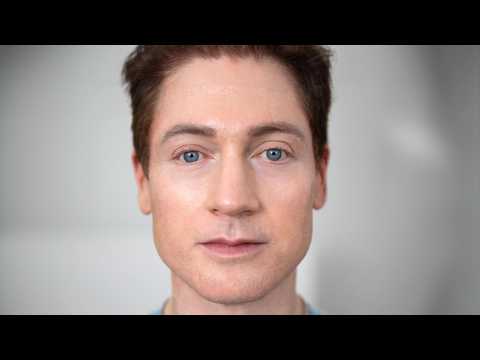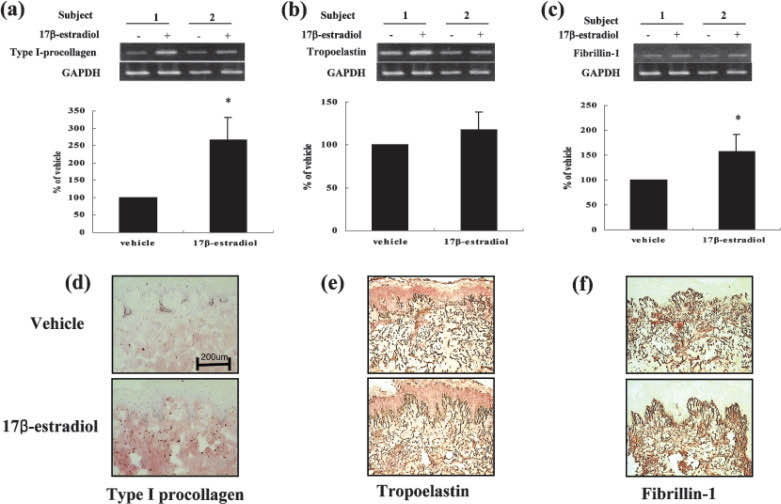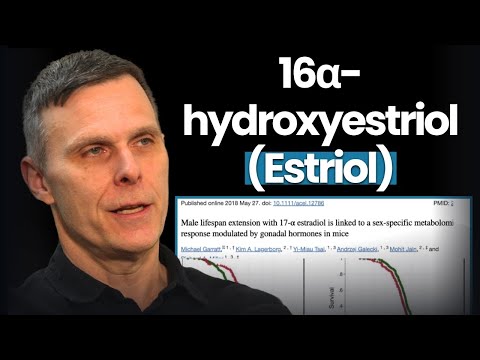FYI, Nira is having a sitewide 30% off promotion for their 5-year anniversary. I just ordered a Nira Pro Laser. Offer ends in 2 days. They have a 90-day money-back guarantee (less return shipping cost).
Background
Facial aging is a complex process influenced by environmental factors, genetics, and lifestyle. The contribution of the skin microbiota to this process remains poorly understood.Methods
This two-sample Mendelian randomization (MR) study was performed using genome-wide genotype data from the UK Biobank and previously published studies on skin microbiota. The primary approach for MR analyses included inverse-variance weighting (IVW), MR-Egger regression, simple mode, weighted median, and weighted mode methods. Sensitivity analyses were performed to assess heterogeneity and pleiotropy, and reverse-direction MR analyses were performed to evaluate potential reverse causation.Results
The MR analysis identified ten skin microbiotas with potential causal relationships with facial aging. Protective skin microbiotas included Genus Finegoldia, ASV011 [Staphylococcus (unc.)], ASV008 [Staphylococcus (unc.)], phylum Firmicutes, Family Rhodobacteraceae, and ASV021 [Micrococcus (unc.)], which were negatively associated with facial aging. Conversely, Order Pseudomonadales, Family Moraxellaceae, ASV039 [Acinetobacter (unc.)], and phylum Bacteroidetes were positively associated with facial aging, indicating a risk factor for accelerated aging. Sensitivity analyses confirmed the robustness of these findings, and reverse-direction MR analyses did not suggest any reverse causation.Conclusion
This study identified specific skin microbial that may influence facial aging and offered new insights into the rejuvenation strategies.
An unbalanced microbial ecosystem on the human skin is closely related to skin diseases and has been associated with inflammation and immune responses. However, little is known about the role of the skin microbiome on skin aging. Here, we report that the Streptococcus species improved the skin structure and barrier function, thereby contributing to anti-aging. Metagenomic analyses showed the abundance of Streptococcus in younger individuals or those having more elastic skin. Particularly, we isolated Streptococcus pneumoniae, Streptococcus infantis, and Streptococcus thermophilus from face of young individuals. Treatment with secretions of S. pneumoniae and S. infantis induced the expression of genes associated with the formation of skin structure and the skin barrier function in human skin cells. The application of culture supernatant including Streptococcal secretions on human skin showed marked improvements on skin phenotypes such as elasticity, hydration, and desquamation. Gene Ontology analysis revealed overlaps in spermidine biosynthetic and glycogen biosynthetic processes. Streptococcus-secreted spermidine contributed to the recovery of skin structure and barrier function through the upregulation of collagen and lipid synthesis in aged cells. Overall, our data suggest the role of skin microbiome into anti-aging and clinical applications.
A good read
Matrix metalloproteinases (MMPs) are zinc-containing endopeptidases with an extensive range of substrate specificities. Collectively, these enzymes are able to degrade various components of extracellular matrix (ECM) proteins. Based on their structure and substrate specificity, they can be categorized into five main subgroups, namely (1) collagenases (MMP-1, MMP-8 and MMP-13); (2) gelatinases (MMP-2 and MMP-9); (3) stromelysins (MMP-3, MMP-10 and MMP-11); (4) matrilysins (MMP-7 and MMP-26); and (5) membrane-type (MT) MMPs (MMP-14, MMP-15, and MMP-16). The alterations made to the ECM by MMPs might contribute in skin wrinkling, a characteristic of premature skin aging. In photocarcinogenesis, degradation of ECM is the initial step towards tumor cell invasion, to invade both the basement membrane and the surrounding stroma that mainly comprises fibrillar collagens. Additionally, MMPs are involved in angiogenesis, which promotes cancer cell growth and migration. In this review, we focus on the present knowledge about premature skin aging and skin cancers such as basal cell carcinoma (BCC), squamous cell carcinoma (SCC), and melanoma, with our main focus on members of the MMP family and their functions.
I did buy the NIRA the 90 day return was the final deciding factor started using it about 3 weeks ago. So far I think it is working will post before and after shots in a month or two. I was impressed with customer service a week after I bought it the had a huge sale. I contacted them and the refunded me the difference!
The doctor is clearly selling private prescriptions to testosterone propionate cream, if you join his patient list.
How can he claim there were no systemic effects from applying testosterone cream to the face based on observations of only localised hair growth?
Surely applying testosterone to one’s face will result in increased sebum production and the possibly of acne? Acne is an inflammatory skin condition so would that not age the skin faster?
Some reasonable well presented advice here:
Thing is, after I quit eating seed oils I no longer burn in the sun. I am white and I used to be very sensitive to the sun. VERY SENSITIVE. Like wear sunscreen or feel the pain! Now I can go for hours in the sun, without protection and I simply tan. So yeah…not everyone is right about everything nor wrong about everything.
Which seed oils did you exclude?
To investigate the effects of topically applied 17beta-estradiol on the expression of extracellular matrix proteins in aged human skin, 17beta-estradiol (0.01%) and its vehicle (70% propylene glycol, 30% ethanol) were applied to aged (68-82 y, eight females and five males) human buttock skin under occlusion for 2 wk (three times per week). Topical 17beta-estradiol was found to increase the expression of type 1 procollagen mRNA and protein significantly in human aged skin in vivo. In addition, metalloproteinase (MMP-1) protein levels were reduced by topical 17beta-estradiol. The expressions of TGF-beta1, TGF-beta type II receptor, and Sma and Mad related (Smad)3 were increased by topical 17 beta-estradiol in aged human skin, and TGF-beta1 neutralizing antibody inhibited 17beta-estradiol-induced procollagen synthesis in cultured fibroblasts. We also found that the expressions of tropoelastin and fibrillin-1 mRNA and protein, and elastic fibers in aged skin were also increased by topical 17beta-estradiol. Topical 17beta-estradiol also increased keratinocyte proliferation and the epidermal thickness in aged human skin. We also observed the same effects of topical 17beta-estradiol in young skin (four men; age range 31–34 y, mean age 33.3 y). In conclusion, our results suggest that topical 17beta-estradiol treatment may improve the cutaneous function of aged human skin by improving the connective tissue and increasing epidermal thickness.
The effects of topical 17β-estradiol in young human skin in vivo
In order to investigate whether topical 17β-estradiol is also effective in young skin or not, the buttock skins of young volunteers were treated with 0.01% 17β-estradiol or its vehicle (70% propylene glycol, 30% ethanol) solution three times per week for 2 wk (six times) under occlusion.
Topical 17β-estradiol significantly increased the expression of procollagen α1(I) mRNA by an average of 263.7%±65.0% (n=4, p<0.05) (Figure 10a), and the number of type I procollagen-positive fibroblasts in the upper dermis in 17β-estradiol-treated skin was significantly increased than in the case of vehicle-treated skin of the same young individuals (Figure 10d). Topical 17β-estradiol increased the mRNA expression of tropoelastin (117.3%±21.6%, n=4) (Figure 10b) and fibrillin-1 (156.3%±35.8%, n=4, p<0.05) (Figure 10c) in 17β-estradiol-treated young skin, compared with vehicle-treated skin. The numbers and lengths of elastin-and fibrillin-1-immunoreactive elastic fibers were increased in 17β-estradiol-treated young skin, compared with the vehicle-treated skin of the same individuals (Figure 10e, f). Topical 17β-estradiol increased significantly the expressions of TGF-β1 (Figure 11a), TβRII (Figure 11b), Smad3 (Figure 11c), and Smad7 (Figure 11d) in young human skin.

Topical estriol is less potent, but a better alternative than 17β-estradiol.
I only use animal fats to cook with. Butter or lard. And I know for sure I am not a “freak” case because I’ve learned this from others as well. I had no idea it would work so well.
Where to buy topical 17beta-estradiol?
Isn’t that just topical estradiol? It can be prescribed as patches to wear on the skin.
I understood that it’s not patches used as hormonal therapy or is it?
17b-estradiol is just regular estradiol used for HRT.
What did you think of this skin cream?
I used it for 10 days only - twice a day. The results are wonderful so far. Some sun spots faded much. One is now hardly visible. Will definitely continue with it. The way I apply it though may be different from what most ppl would do. I use a triple nano needle to make very small holes on the spots I want to treat, and then I apply the enzyme. A micro needling roller can also be used. There are no instructions that come with this product.
It’s not a cream but rather a serum.
How old are your spots? I’m thinking of maybe giving it a go, with some decade long spots that I’m curious if I can resolve. never done micro-needling but willing to give it a shot


